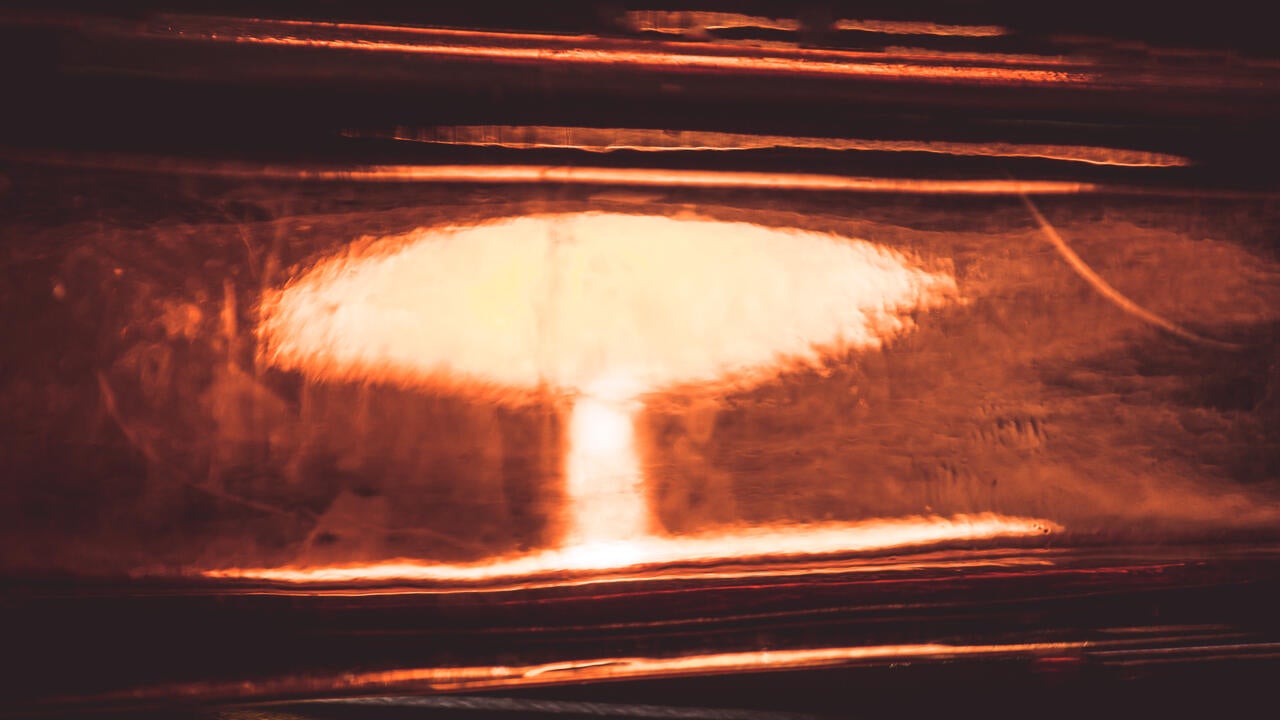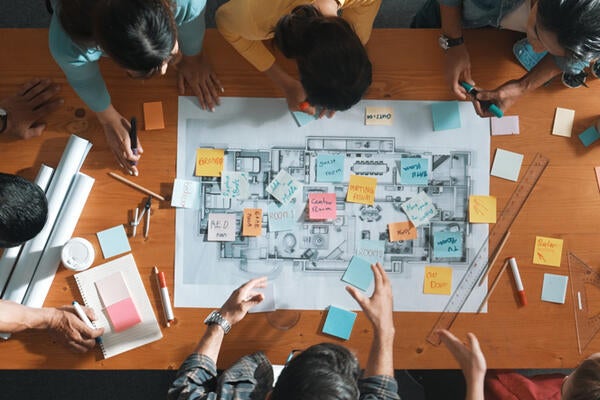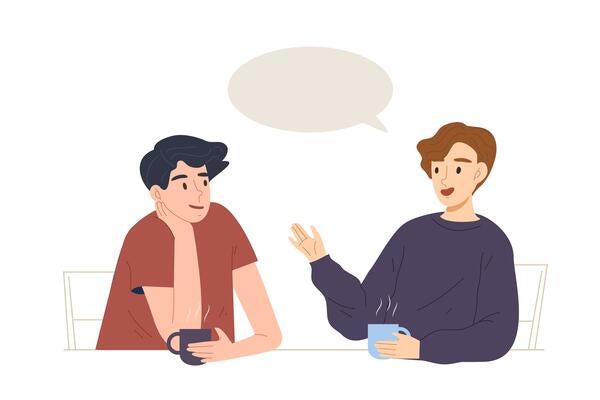
It's almost midnight; do you feel fine?
Waterloo prof on why nuclear threat, social media, and climate change have put us closer to the end of the world than any time since the Cold War.

Waterloo prof on why nuclear threat, social media, and climate change have put us closer to the end of the world than any time since the Cold War.
By Sam Toman University RelationsAccording to the women and men at the Bulletin of the Atomic Scientists — the group of scientists trusted to set the Doomsday Clock — we’re two minutes away from the end of the world as we know it.
In 1947 the Doomsday Clock was established as a universal metaphor to illustrate how close we were to losing control of civilization-destroying technologies developed during and after the Second World War. Originally set at seven minutes to midnight, by 1953, the clock had ticked down to two-minutes to midnight as tensions between the Soviet Union and the United States heated up.
“In 1952, the United States had its first full-scale test of a hydrogen (or thermonuclear) bomb,” says Alexander Lanoszka, a researcher in the Faculty of Arts, and an expert on international security. “The Soviet Union followed suit in 1952. These devices had far more destructive potential than first-generation nuclear weapons of the sort detonated over Hiroshima and Nagasaki in August 1945.”
So why, in 2018, is the Bulletin warning us we’re as close to doom as the height of the Cold War?
“From the Bulletin’s perspective at least, 2018 was as frightening not only because of a renewed arms race between the United States, Russia, and China, but also because of the perception that major governments were not doing enough to tackle another grave threat to humanity: climate change,” says Lanoszka, whose new book Atomic Assurance: The Alliance Politics of Nuclear Proliferation crosses diplomatic history, international relations, foreign policy, and nuclear strategy to expand our understanding of the power and importance of alliances in stopping nuclear proliferation.
In a statement released by the Bulletin, the organization’s president and CEO, Rachel Bronson explained why she thought we are in more danger today, than at any time since the US and USSR were squaring off over imperial ambitions.
“The year just past proved perilous and chaotic, a year in which many of the risks foreshadowed in our last Clock statement came into full relief,” her statement read. “In 2017, we saw reckless language in the nuclear realm heat up already dangerous situations and re-learned that minimizing evidence based assessments regarding climate and other global challenges does not lead to better public policies.”
While Bronson’s warnings here are diplomatic, the report itself is specific about which events are bringing us closer to doom. Russia’s incursion in Ukraine, North Korea’s nuclear program, hyperbolic rhetoric and provocative actions by the United States and, avoiding catastrophic temperature increases, due to climate change all influenced the report.
Recently, advances in technology have also crept into the Bulletin’s grim calculus. In particular, technological change — especially social media — disrupting democracies around the world, “as states seek and exploit opportunities to use information technologies as weapons, among them internet-based deception campaigns aimed at undermining elections and popular confidence in institutions essential to free thought and global security.”
Lanoszka will join fellow Arts professors Kate Henne and Andrew McMurry for a public panel on January 29 to consider the triple threat – nuclear, climate, technological — indicated by the Doomsday Clock. And while Lanoszka’s latest book speaks to concerns that many might have over the spread of weapons of mass destruction, nuclear weapons are not necessarily what keeps him up at night.”
“What worries me the most is some of the advances we are seeing in life sciences. We are starting to see much more manipulation of the human genome,” Lanoszka says. “Not long ago news broke out that scientists in China have engaged in human gene editing. Such research is not only unethical and morally wrong, but also completely irresponsible from the standpoint of human safety and security. We have no idea what the consequences would be if edited human beings enter the gene pool.”
Before anyone starts digging out their basement and filling it with batteries and non-perishable food. Lanoszka offers some things to consider.
Since 1947 the Doomsday Clock has been set backward and forward 23 times. Two-minutes to midnight being the grimmest in 1953 and in 2018, and an optimistic seventeen minutes to midnight in 1991. “My advice is for people to think historically and understand the deeper structural trends that are afoot,” he says. “If we immerse ourselves too much in the political theatre of the twenty-four-hour news cycle, we find ourselves living in a state of perpetual crisis.”
There is the possibility of turning back the clock. According to Bronson and the Bulletin, the key is managing the very same social forces many say are tearing apart.
“Leaders react when citizens insist they do so, and citizens around the world can use the power of the internet to improve the long-term prospects of their children and grandchildren. They can insist on facts, and discount nonsense. They can demand action to reduce the existential threat of nuclear war and unchecked climate change. They can seize the opportunity to make a safer and saner world.”

Read more
New study uses neuroimaging to assess the creativity among teams with different skill sets and perspectives

Read more
Waterloo communication professor provides tips for avoiding tension and quarrels

Read more
New workshop and online course enhance AI literacy and promote responsible usage, drawing on expertise across disciplines
The University of Waterloo acknowledges that much of our work takes place on the traditional territory of the Neutral, Anishinaabeg, and Haudenosaunee peoples. Our main campus is situated on the Haldimand Tract, the land granted to the Six Nations that includes six miles on each side of the Grand River. Our active work toward reconciliation takes place across our campuses through research, learning, teaching, and community building, and is co-ordinated within the Office of Indigenous Relations.
Select 'Accept all' to agree and continue. You consent to our cookies if you continue to use this website.